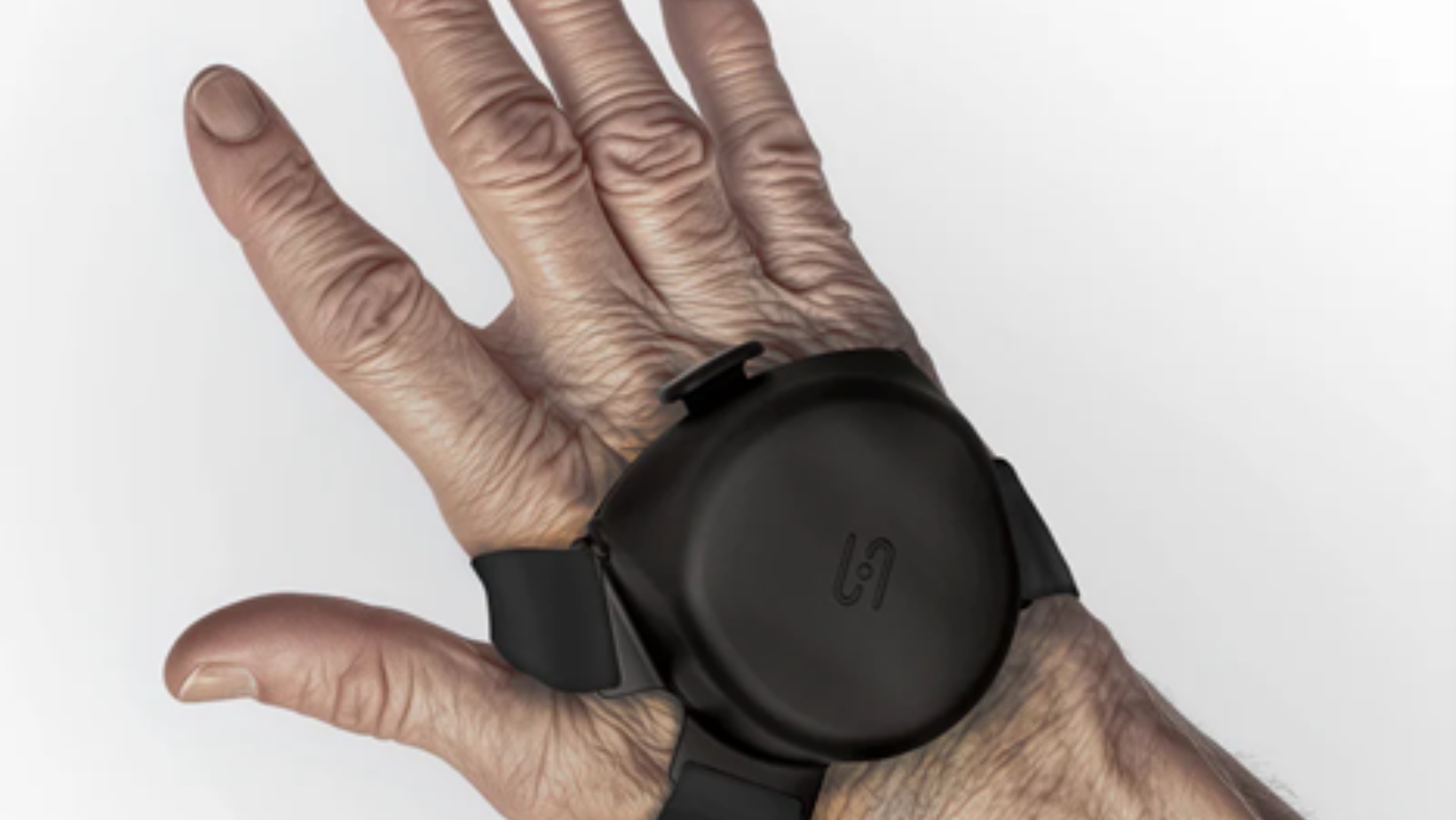
Parkinson’s Disease (PD) is a progressive neurodegenerative disorder with patients numbering in millions worldwide. It usually manifests in the motor system with tremors, rigidity, bradykinesia, and associated postural instability symptoms. There is no known cure presently; however, an early diagnosis remains critical for the effective treatment of PD. If detected early, interventions may assist in ensuring a better quality of life and independence and may even slow down the progression of symptoms. Let’s discover more.
Why Early Detection Matters?
Early detection of Parkinson’s Disease (PD) provides a vital opportunity to begin interventions that can significantly benefit the patient’s long-term health and well-being. When PD is diagnosed early on, the experts can customize treatment options that best address the needs of the individual in that particular context. This may include medication to manage symptoms, physical and occupational therapy to enhance mobility and daily functions, and lifestyle changes like an exercise program to improve motor control and balance. This early detection also allows patients and their families to seek support and prepare for the future.
Recognizing Early Symptoms:
The onset of Parkinson’s Disease (PD) might be marked by the very mildest of symptoms, which can quickly be glossed over: symptoms that seem pretty normal in aging or due to other health conditions.

However, by picking up these signs early on, patient management improves. A few early symptoms are common to every patient:
-
Slight Tremor In The Hands, Fingers, Or Chin:
This is generally one of the first symptoms to recognize. Tremor may start as mild symptoms, perhaps just barely perceptible in a finger-rolling motion of the pennies while watching TV, and gradually worsen over time.
-
Small Handwriting (Micrographia):
A sudden alteration in size—writing that is more minor or letters crowding together—may be a good early warning sign for PD.
-
Loss Of Smell (Anosmia):
Patients may experience the inability to smell certain odors several years before the onset of motor symptoms.
-
Sleep Disturbances:
Sleeplessness, acting out dreams with their legs or arms, or sudden shakes of their arms or legs during sleep are all indicators of early PD.
-
Stiffness Or Difficulty Moving:
A stiffness in the muscles that do not go away during driving, especially if it feels sore, can be an early sign of PD.
-
Altered Balance And Posture:
An alteration in PD that affects the ability to balance may show up as early signs of stooped repartee, balance deficits, or repeated falls.
-
A Suddenly Softer Or More Monotone Voice:
An early signal for some could be a sudden change in the voice volume emanating from the patient.
If you and your loved one observe any of these symptoms, the next step would be to visit a health professional for a thorough evaluation. A movement disorder specialist neurologist could perform some tests and diagnose.
The Role of Advanced Technologies
Technological changes have indeed improved early detection and intervention in Parkinson’s Disease (PD). While traditionally, diagnosis has involved clinical observation and neurological evaluations, with newer technology, there is a better chance that diagnoses will become more accurate and timely.
-
Genetic Testing:
Genetic testing in people with a familial history of Parkinson’s disease may clarify particular mutations that amplify the risk of the disease. Though not all Parkinson’s cases are hereditary, this knowledge could be essential for early surveillance and preventive care.
-
Wearables:
Smartwatches and motion sensors continuously monitor movement patterns, tremors, and other motor symptoms. These devices provide real-time information that helps physicians decide on the disease’s progression and modify treatment accordingly.
-
Digital Health Applications:
Mobile applications for individuals with PD can monitor symptoms, medication regimens, and physical activity levels while providing information for patients and caregivers. The clinical application of advanced technologies improves predictability for early detection of PD, leading to better management and enhanced patient outcomes.
Steadiwear and the Steadi-3: Enhancing Quality of Life
Tremors are one of the most troublesome problems confronting Parkinson’s Disease (PD) patients.

Our Steadi-3 is an innovative glove that safely suppresses hand tremors. It features cutting-edge stabilization technology to enhance the hand’s control and confidence in everyday activities. This wearable device offers real-time tremor control by adapting to the tremor intensity in patients without invasive procedures or medication adjustments. It significantly advances the quality of life of Parkinson’s patients.
Our glove is designed for maximum comfort, allowing users to wear it without discomfort or irritation throughout the day. Its discreet and functional design seamlessly integrates into daily life, providing users with the freedom to engage in activities they once found challenging. By offering a non-invasive and non-pharmaceutical solution, our glove is revolutionizing how patients manage tremors, giving them greater independence and confidence.
Conclusion:
Patients can manage their symptoms better due to early recognition of the disease; managing their symptoms can also be done more effectively. In addition to the crucial time when you can intervene with medical treatment and care to improve the patient’s quality of life, patients diagnosed in the early stages may also benefit from new treatments and support systems. Technology will help give the PD patient the power to regain control of his life so that he/she can live with Parkinson’s in safety and confidence and with an independent spirit to meet the challenges of this disease.






